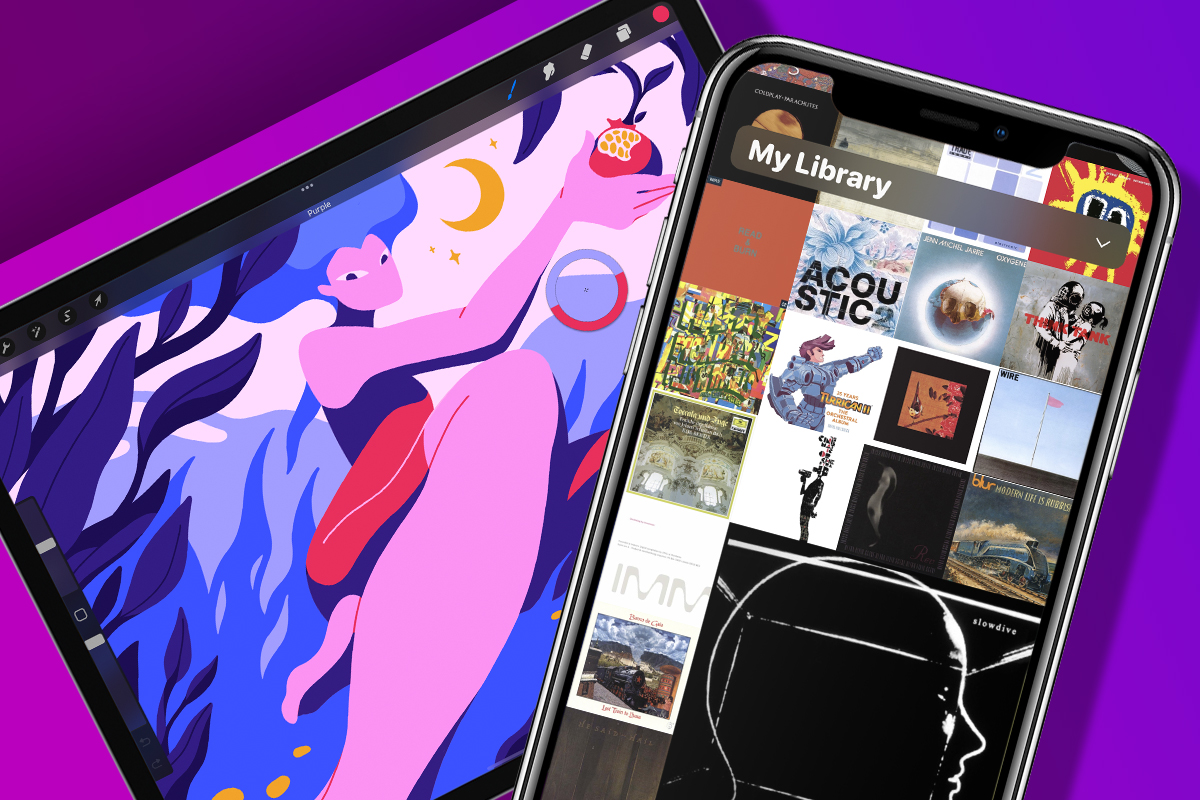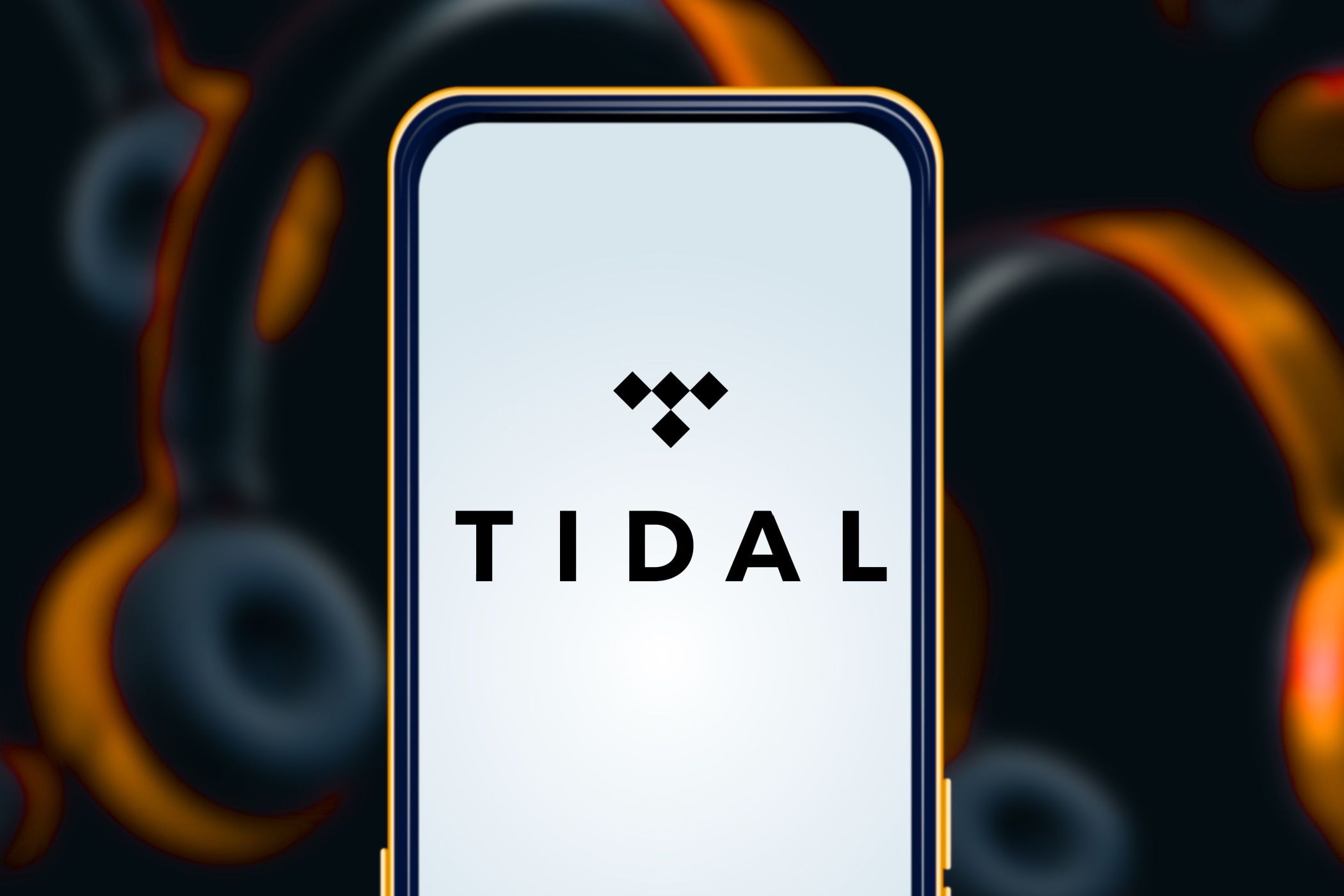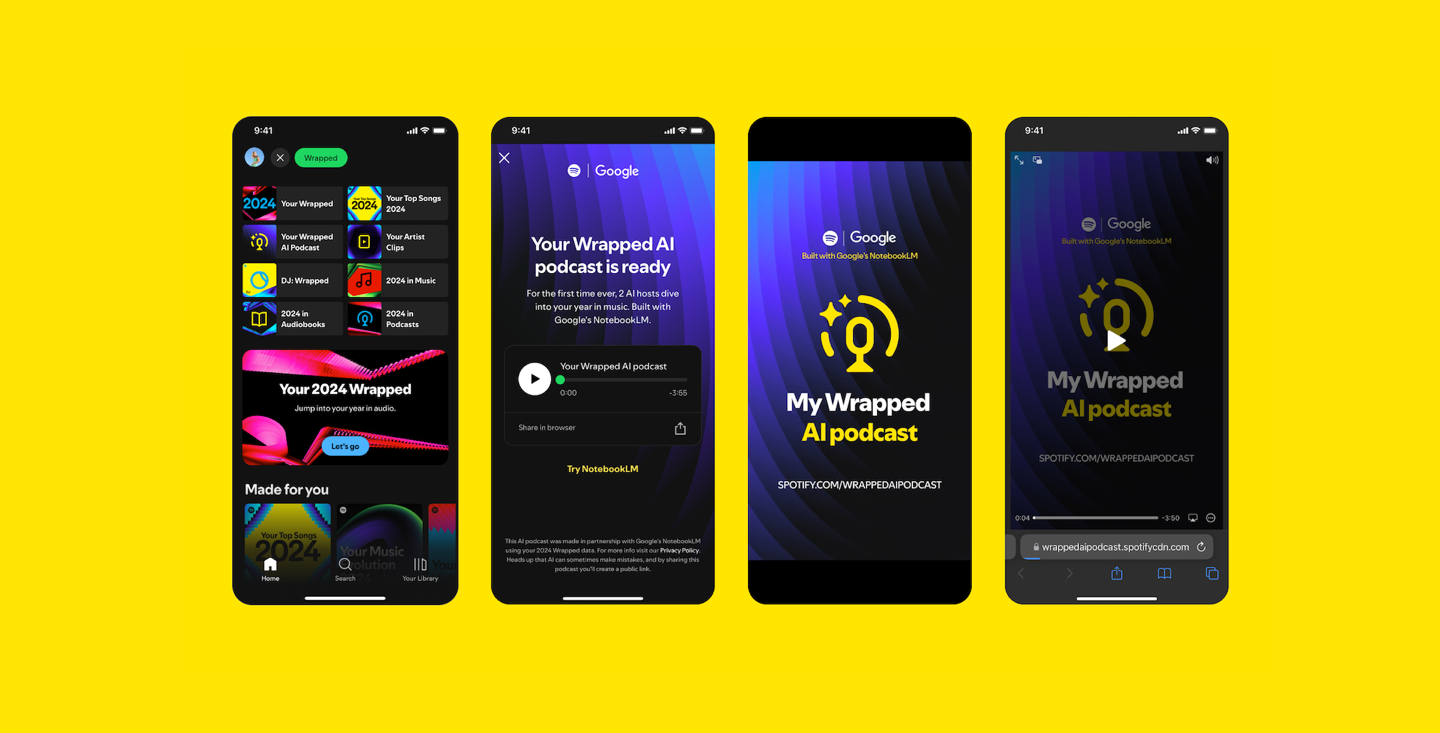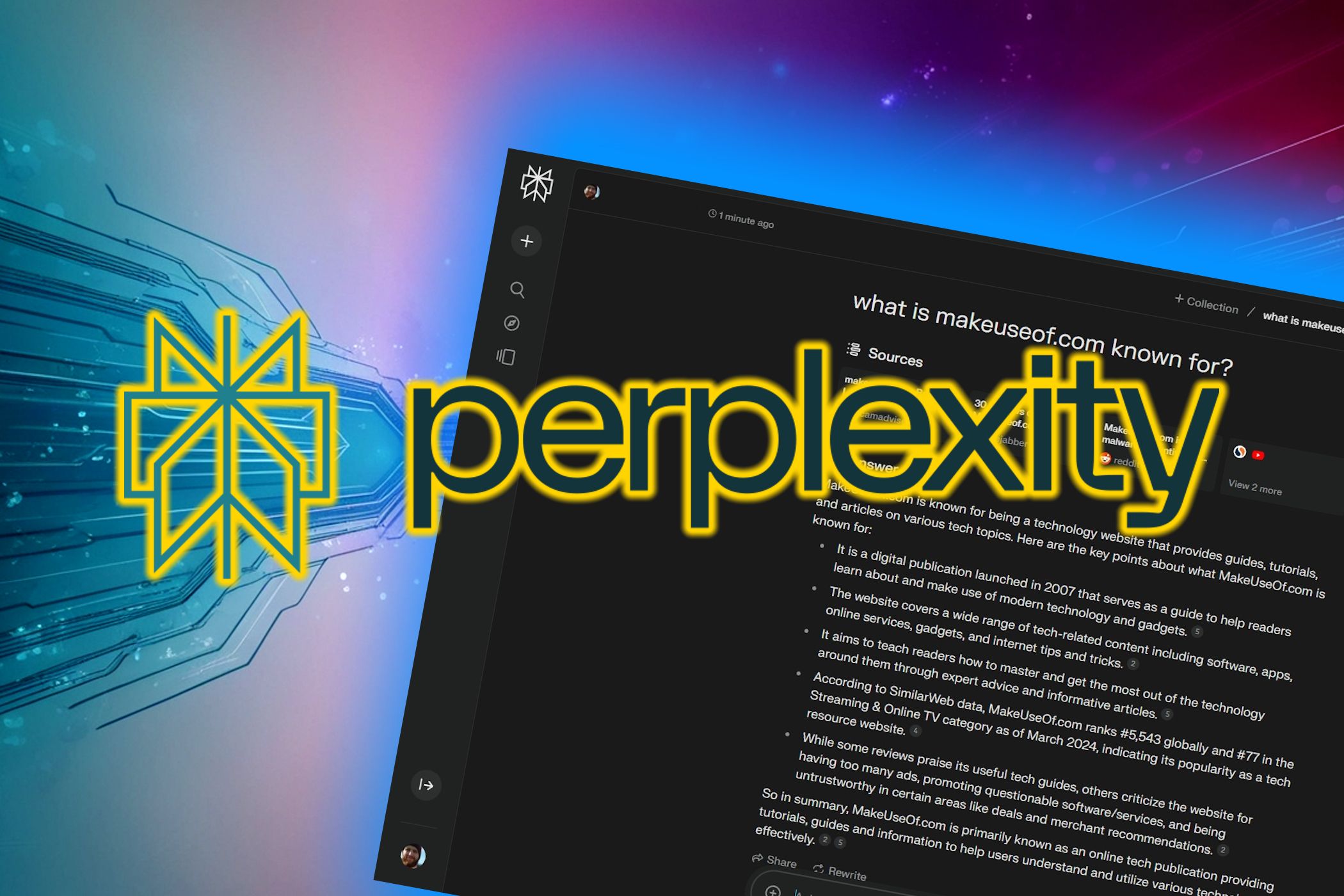Key Takeaways
- Hi-res music streaming offers enhanced detail and better dynamics for a more accurate music experience.
- The industry takes hi-res music seriously, with most major streaming services and other services providing high-resolution sound.
- High-resolution music is the future of streaming, driven by consumer demand, technological advancements, and industry support.
A combination of faster internet and advanced audio codecs has given us better-quality audio streaming than ever before. We can now listen to high-resolution music wherever we want, even using a wireless connection.
The big question, though, is whether high-resolution audio is worth getting excited about and whether it really improves the audio you hear.
Why Hi-Res Music Lives Up to the Hype
You could compare hi-res music streaming to high-definition TV and how it has significantly improved our viewing experience. High-resolution audio offers enhanced detail that captures a broader frequency range, so the listener enjoys greater depth and clarity. It also provides better dynamics, as instrument placement and separation are more easily distinguishable, and you get a better feeling of space across the soundstage.
Hi-res music sounds better because it has a higher bit depth and sampling rate than CD quality, which is 16-bit/44.1 kHz. By comparison, high-resolution formats offer 24-bit quality, meaning the signal is more accurately measured. High-resolution sampling rates—the number of times a signal is sampled per second to create a digital version—are usually 48 kHz, 96 kHz, or 192 kHz.
This table shows the highest quality offered by the major music streaming services:
|
Amazon Music |
24-bit/192 kHz |
9216 kbps |
|---|---|---|
|
Apple Music |
24-bit/192 kHz |
9216 kbps |
|
Qobuz |
24-bit/192 kHz |
9216 kbps |
|
Spotify |
16-bit/44.1 kHz |
320 kbps |
|
Tidal |
24-bit/192 kHz |
9216 kbps |
|
YouTube Music |
16-bit/44.1 kHz |
256 kbps |
With its enhanced clarity and dynamic range, high-resolution music streaming provides a more accurate representation of the music as it was initially intended to sound. I recently compared Apple Music’s high-resolution and Spotify’s compressed (320 kbps) music streaming services, and the difference is certainly noticeable, provided you are using high-quality equipment. I concluded that hi-res audio should be considered the benchmark for music streaming quality wherever the bandwidth allows it.
How Music Streaming Services Have Embraced Hi-Res Music
While some music streaming developments like smart playlists and social features might be considered gimmicky and non-essential for the average user, high-resolution audio is taken seriously by both consumers and the industry at large. Apple Music offers it across all its 100 million plus tracks, and other services, including Tidal, Amazon Music, and Qobuz, also provide superior high-resolution sound to their subscribers.
Record companies have also been quick to jump on the hi-res bandwagon, and we are seeing an increasing amount of new releases and remastered records in high-resolution formats, as well as artists extolling the virtues of high-definition sound. This development could not have come soon enough since streaming became the most popular medium for listening to music. For too long, we had lived in a quality vacuum created by the decline of physical media like CDs and the proliferation of non-professional, compressed formats like MP3.
After streaming finally caught up with high-resolution digital formats, we have seen an uptick in the availability of compatible hardware for playing high-resolution audio. This includes digital-to-analog converters for desktop use, high-resolution speakers, and wireless headphones that support lossless codecs like FLAC and ALAC. Finally, high-resolution, audiophile-quality music is becoming the norm among producers, hardware manufacturers, and streaming services.
Why Hi-Res Is the Future of Music Streaming
We have seen a growing consumer demand for high-resolution music, directly responding to recent advancements in streaming technology and compatible hardware and software availability. The record companies support this and must be overjoyed at the opportunity to produce and re-release products that meet the same standards as CDs. At the same time, music streaming services have been instrumental in bringing hi-res music to the masses. Somewhat bizarrely, only the most popular streaming service has yet to roll out its Spotify HiFi hi-res music service at the time of writing, which was first announced as far back as 2021.
So, is hi-res music worthwhile? If you listen to music on a loud commute or through an old set of cheap hi-fi separates, you won’t discern the difference between high-resolution music and a 320 kbps format, but this is beside the point. Even a basic plan amounts to a considerable yearly sum for music subscription fees, and whether you are a casual listener, an ardent audiophile, or someone like me who occupies a space between the two, high-resolution music streaming is the standard we all deserve.












